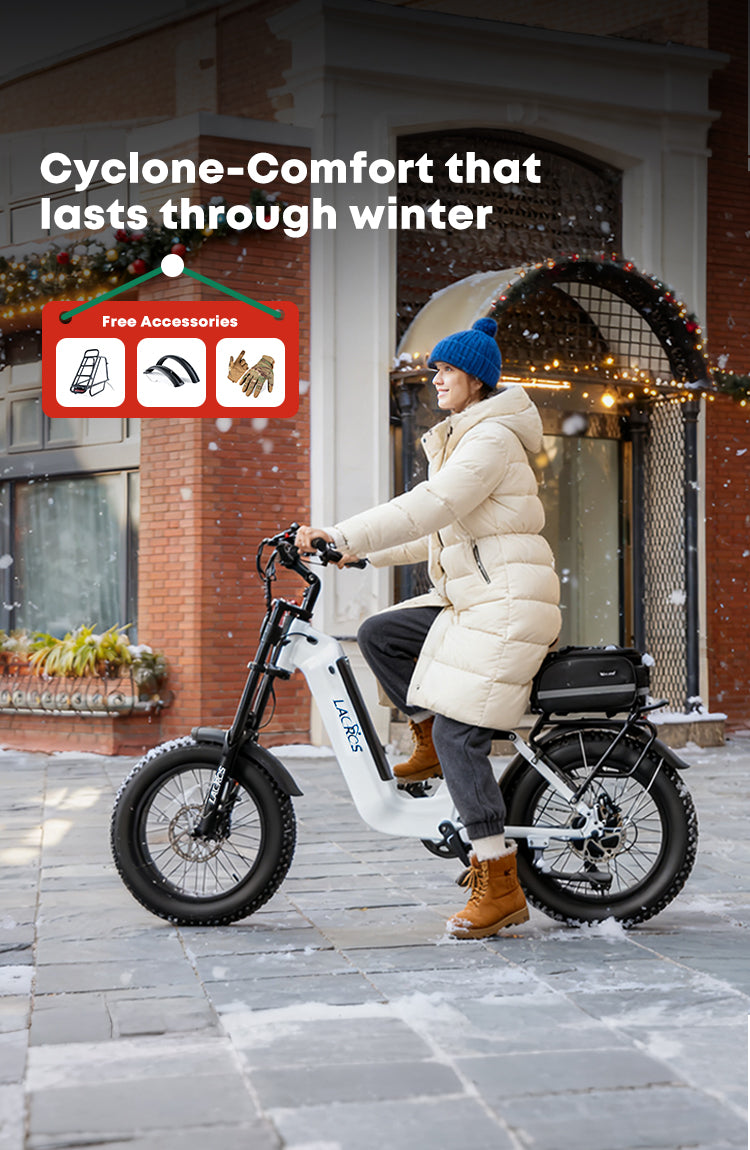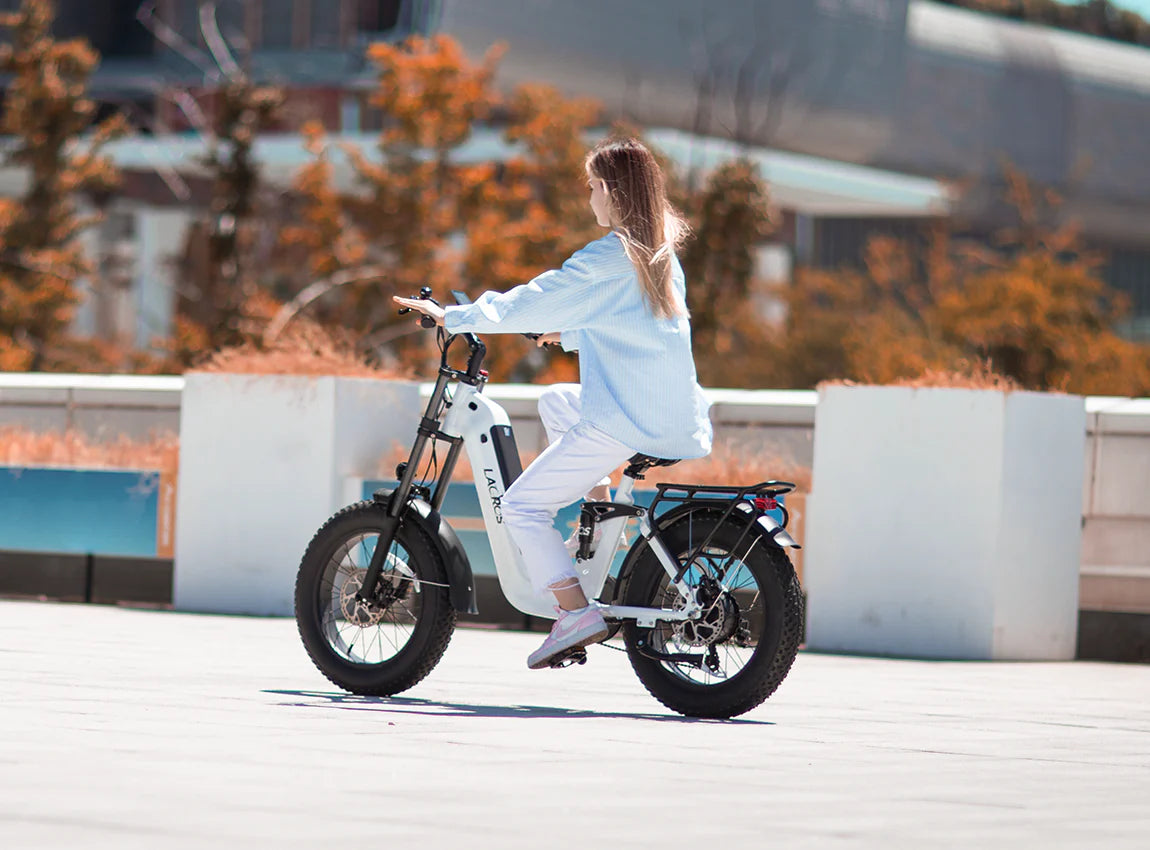With the growing popularity of electric bicycles, a common question arises: Are ebikes considered motorized? The answer depends on factors such as motor power, top speed, and local laws. While most e-bikes are treated like traditional bicycles, certain circumstances can change their classification, making it essential for riders to understand the rules.
What Defines an Electric Bike
An electric bike, or e-bike, is a bicycle equipped with a motor that assists the rider. Most e-bikes feature fully operable pedals and a motor that supplements pedaling. This design allows riders to travel longer distances and climb hills more easily. Regulations often focus on motor wattage and maximum assisted speed to determine whether a bike is legally considered motorized.
Understanding E-Bike Motors (Power, Speed, and Pedals)
The motor is a key factor in whether e-bikes are considered motorized. In the United States, most laws set a limit of 750 watts for the motor and 20 miles per hour for assisted speed. Pedal-assist e-bikes require pedaling to engage the motor, while throttle-controlled models can operate without pedaling. Bikes exceeding these limits may be legally classified as motor vehicles. Understanding how motor power, speed, and pedals interact is essential when asking whether ebikes are considered motorized in your state or country.

The 3-Class E-Bike System Explained
To help clarify the rules, many regions use a three-class system:
- Class 1: Pedal-assist only, top speed 20 mph.
- Class 2: Pedal-assist or throttle, top speed 20 mph.
- Class 3: Pedal-assist only, top speed 28 mph, often with helmet or age requirements.
These classes guide where e-bikes can be ridden legally and determine whether additional regulations apply. Riders following Class 1 or 2 limits are generally treated like regular cyclists, meaning their e-bikes are not considered motorized.
Note: Lacros E-Bikes fall into Class 2 and Class 3, and are fully legal in the United States. This means riders can enjoy both models with confidence, knowing they comply with U.S. e-bike regulations.
When an E-Bike Becomes a Motor Vehicle
An e-bike may become legally a motor vehicle if it exceeds wattage or speed limits, or if it operates via throttle without pedaling. High-powered motors, speeds above 28 mph, or other modifications can classify the bike as a moped or motorcycle. Once this happens, riders may face registration, licensing, and insurance requirements. Being aware of these rules helps riders avoid accidentally turning an e-bike into a motor vehicle legally.
Legal Differences Between the U.S. and Europe
Laws regarding whether e-bikes are considered motorized vary globally. In the U.S., most Class 1 and 2 e-bikes are not considered motorized, allowing riders to use bike lanes and trails without a license or insurance. In Europe, similar limits apply, but additional rules such as mandatory helmets or insurance may exist. Checking local laws is always recommended before riding, especially when traveling internationally.
Also read: Ebike Laws in the United States
Alsoread: Electric Bicycle Laws by State: Complete Guide for U.S. Riders
Common Misconceptions and Illegal Modifications
Many riders assume any e-bike is automatically a motorized vehicle, or that modifications are always safe. However, adding a higher-powered motor or bypassing speed limits can instantly change the bike’s classification. Such illegal modifications not only risk fines but may also void warranties and insurance coverage.
What This Means for E-Bike Riders
For most riders, sticking to legal limits ensures that e-bikes are considered non-motorized, allowing easier access to trails, bike lanes, and public roads. Understanding the regulations helps riders confidently answer the question Are ebikes considered motorized? while enjoying the convenience of electric-assisted cycling.
Ready to experience the freedom of a fully legal and high-quality electric bike? Check out Lacros ebikes for a smooth, powerful, and completely legal ride in the United States.
Frequently Asked Questions
Q: Are all e-bikes treated the same under the law?
A: No. Classification depends on motor power, top speed, and whether pedals are required.
Q: Can I modify my e-bike without changing its legal status?
A: Minor adjustments are usually fine, but exceeding motor or speed limits may make your bike legally a motor vehicle.
Q: Do I need insurance for a standard e-bike?
A: Typically, no insurance is required if your e-bike meets local definitions and is not considered motorized.
Conclusion
So, are ebikes considered motorized? In most cases, the answer is no — as long as your e-bike stays within the legal limits for motor power and speed. Understanding your bike’s class, local regulations, and how your motor functions will help you ride safely and confidently.





Share:
Electric vs. Regular Bike: Why Are Electric Bikes Better than Regular Bikes?
How Long Does It Take to Charge an Electric Bike Battery?